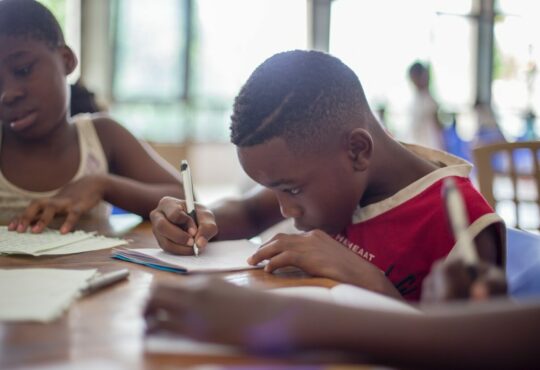
The Impact of Remote Learning on Education in New Zealand
The current worldwide pandemic has caused some major changes in how education is being taught in New Zealand. The move to remote learning has been one of the major changes required for students to continue their education. This article looks into the impact of remote learning on education in New Zealand and how it has changed the educational system in the country.
Changes in Education System
The move to remote learning has resulted in a significant change to the education system in New Zealand. Schools have been closed, and the majority of learning is now done online. This has resulted in students no longer attending physical classrooms, but instead studying from their homes. Additionally, many schools have adapted their teaching methods in order to be able to provide remote learning, such as changing to digital platforms and providing online resources for students.
The impact of these changes has been largely positive, allowing students to continue their education during the pandemic. However, it has not been without its difficulties. Remote learning has posed a number of challenges for both teachers and students, including:
- Tech requirements – Not all students have access to the technology needed for remote learning
- Socio-economic disparities – Not all students have the same access to resources or the ability to learn independently
These issues are of particular concern in the New Zealand context due to its unique educational system. New Zealand has a relatively small population spread out over a diverse range of localities, so access to resources and technology can be a challenge in some areas.
Impact on Students
The impact of remote learning on students has been significant. Many students have found it difficult to learn effectively in a remote environment, as they are often used to physical classrooms with resources and support from their teachers.
In addition to this, there have been other issues for students, such as social isolation and reduced interaction with their peers. This has been particularly challenging for younger students, who may not be used to a learning environment without physical interaction. Additionally, the lack of social interaction can also have a negative impact on learning and motivation.
Furthermore, learning remotely has also had a negative impact on disadvantaged students. Those from lower socio-economic backgrounds may not have access to the technology or resources they need in order to learn remotely, meaning they may be at a disadvantage compared to other students.
Ways to Combat Remote Learning Challenges
Given the range of challenges posed by remote learning, it is important that New Zealand’s education system has strategies in place to combat them. Some of the key ways to do this include:
- Access to resources – Providing access to the necessary technology and resources for remote learning
- Peer-to-peer learning – Encouraging students to assist each other in their learning, and providing platforms for peer-to-peer support
In addition, the government has also set up an online learning fund to provide students with access to the necessary technology and resources for remote learning. This fund has been beneficial in providing students with the necessary support to continue their education through remote learning.
Finally, schools have also implemented strategies to help combat some of the challenges posed by remote learning. These include providing students with access to mental health support, and providing online resources to help them learn more effectively. Additionally, many schools have also adapted their teaching methods in order to be able to provide remote learning, such as using digital platforms and providing virtual classrooms.
Overall, remote learning has had a significant impact on education in New Zealand. The move to remote learning has posed a number of challenges for both teachers and students. However, with the right strategies in place, such as access to resources, peer-to-peer learning, and online learning funds, it is possible to successfully combat the challenges posed by remote learning and ensure that students continue to receive a quality education.



